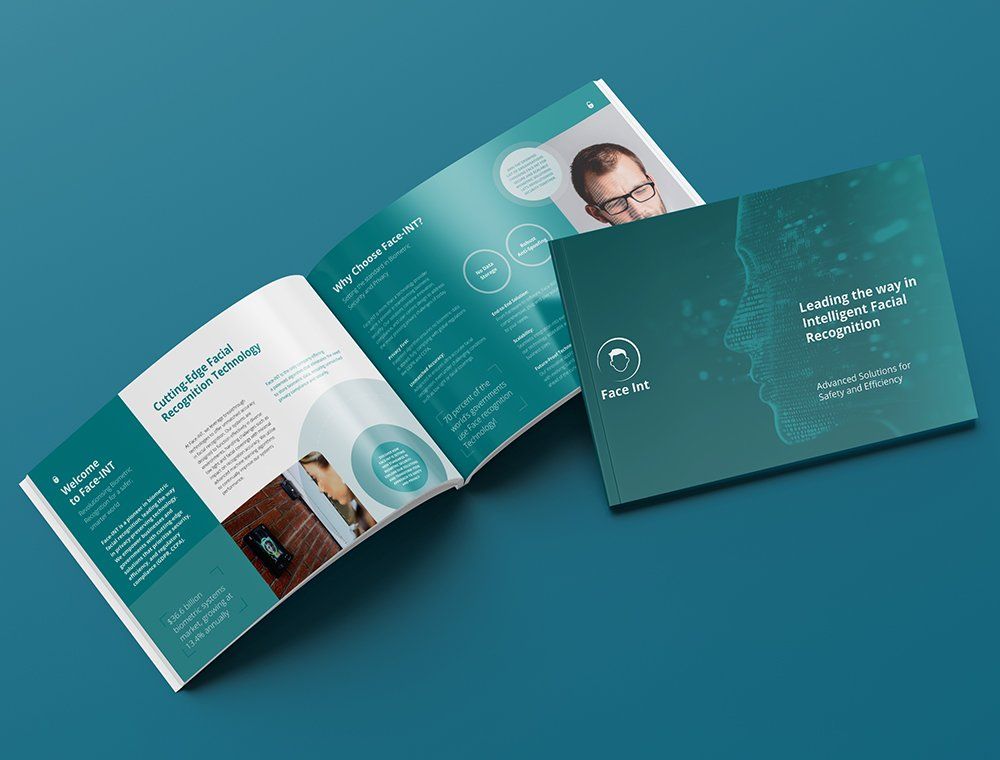Introduction
A well-designed brochure remains one of the most powerful marketing tools in your arsenal—whether you’re promoting a product, service, event, or your entire brand. But not all brochures are created equal. The ones that convert—that inspire action—are designed with purpose and strategy. In this blog, we guide you through the process of creating a high-impact brochure that does more than look good—it delivers results.

Step 1: Know Your Objective
Before you design a single page, define the purpose of your brochure. Is it to promote a product range? Attract visitors to your event? Generate leads? Clear goals help shape both your messaging and design.
Tip: Include one primary Call-to-Action (CTA). Do you want them to visit your website, call a number, or scan a QR code?
Step 2: Understand Your Audience
Know who you’re speaking to. Tailor your language, tone, imagery, and CTA to suit your target demographic—whether it’s parents considering a new school, business owners looking for a service provider, or event organisers sourcing suppliers.
Tip: Don’t make assumptions. Use real data from previous campaigns or customer profiles to guide your creative decisions.
Step 3: Structure Your Content for Flow
Effective brochures follow a logical path—from headline to closing pitch. Use clear section headers and chunk content into bite-sized, digestible pieces.
A compelling structure could look like this:
- Cover: Eye-catching design and tagline
- Inside left: Introduction or problem statement
- Inside middle: Your solution and benefits
- Inside right: Testimonials, stats, or features
- Back cover: Strong CTA and contact info
Datum Insight: At Datum, we often use tri-folds and multi-page formats for clients who need to educate and convert at the same time—this allows for storytelling without overwhelming the reader.
Step 4: Make Design Serve Purpose
Design should elevate your message, not distract from it. Maintain your brand’s visual identity—colours, fonts, logo usage—while guiding the reader’s eye toward key messages and actions.
Design tips:
- Use white space strategically
- Keep typography consistent
- Use icons or infographics to support your copy
- Incorporate high-quality images and mock-ups
Bonus: Add QR codes or digital links to bridge the gap between print and digital.
Step 5: Use Persuasive Copywriting
Avoid fluff. Every word should serve a purpose. Focus on benefits, not just features, and use persuasive techniques like social proof, urgency, and clear CTAs.
Example: Instead of saying “We provide comprehensive event solutions,” say “Make your next event unforgettable with complete, stress-free support from setup to breakdown.”
Step 6: Choose the Right Print Format
Selecting the right paper, finish, and fold style is essential to how your brochure is received. A luxury property brochure might call for soft-touch lamination and foiling. A mail-drop trifold for a summer fair might require lightweight silk stock.
Datum Print Tip: We handle all print production in-house—from concept through to delivery—ensuring quality control at every stage and avoiding costly reprints.
Step 7: Test, Measure and Improve
Distribute your brochure strategically—whether via direct mail, events, or as a leave-behind—and track its performance.
Ideas for tracking conversions:
- Unique phone numbers or email addresses
- Custom URLs
- QR codes linked to Google Analytics goals
Gather feedback and refine your next batch accordingly.
Conclusion
Brochures that convert are the result of thoughtful planning, purposeful design, and clear messaging. Whether you need support with design, print, or strategy, Datum offers end-to-end brochure creation as part of our retained creative services. We make sure your message isn’t just seen—it’s acted upon.